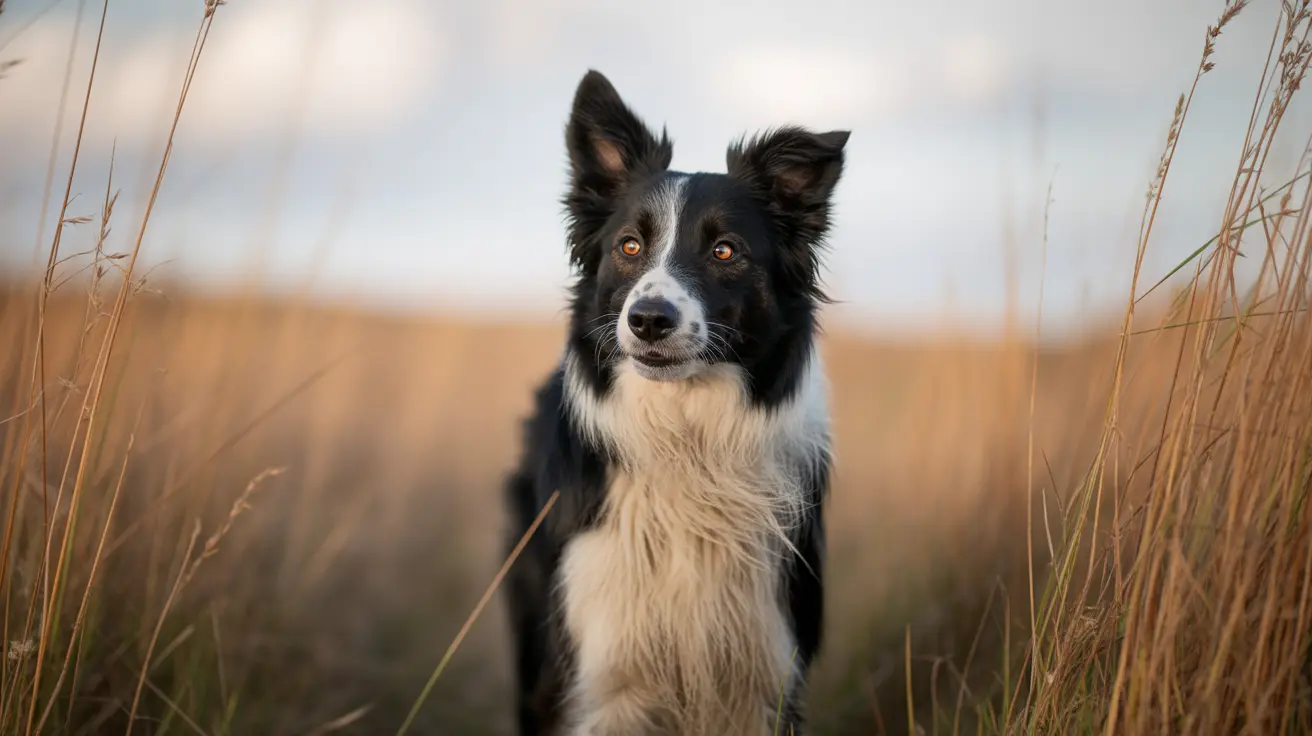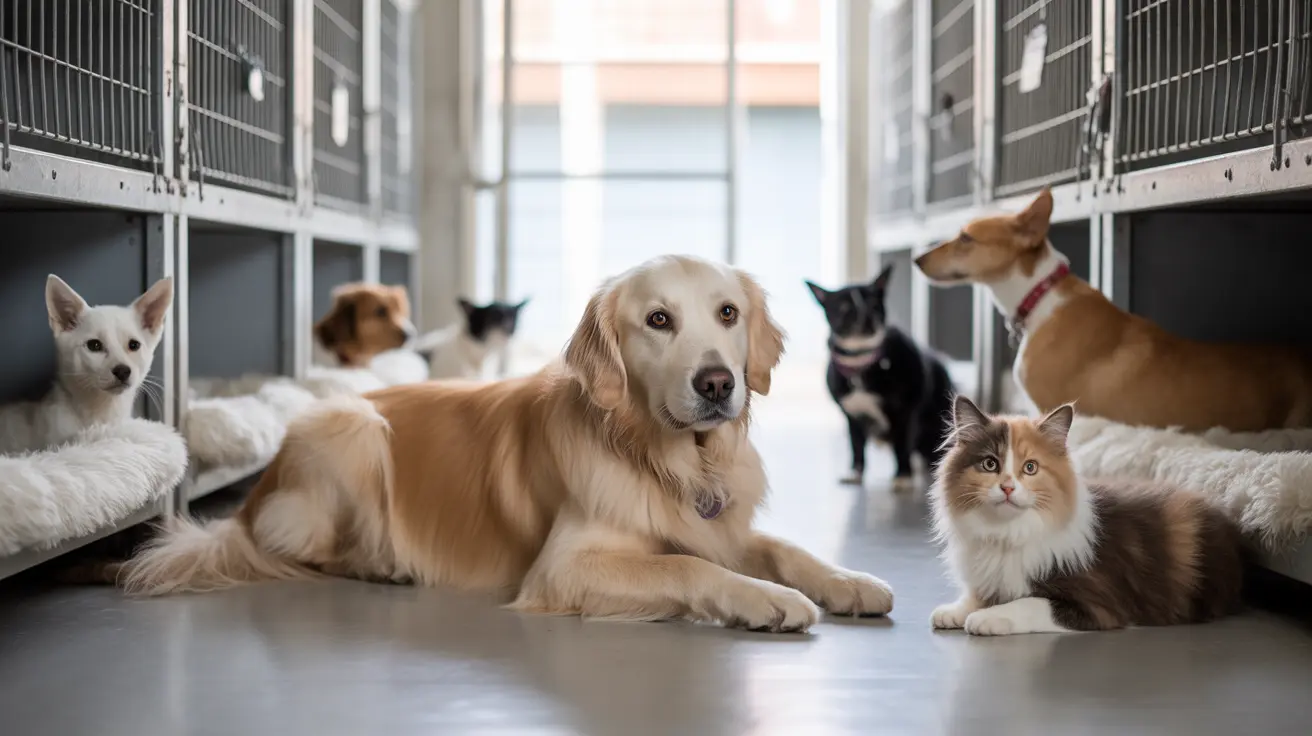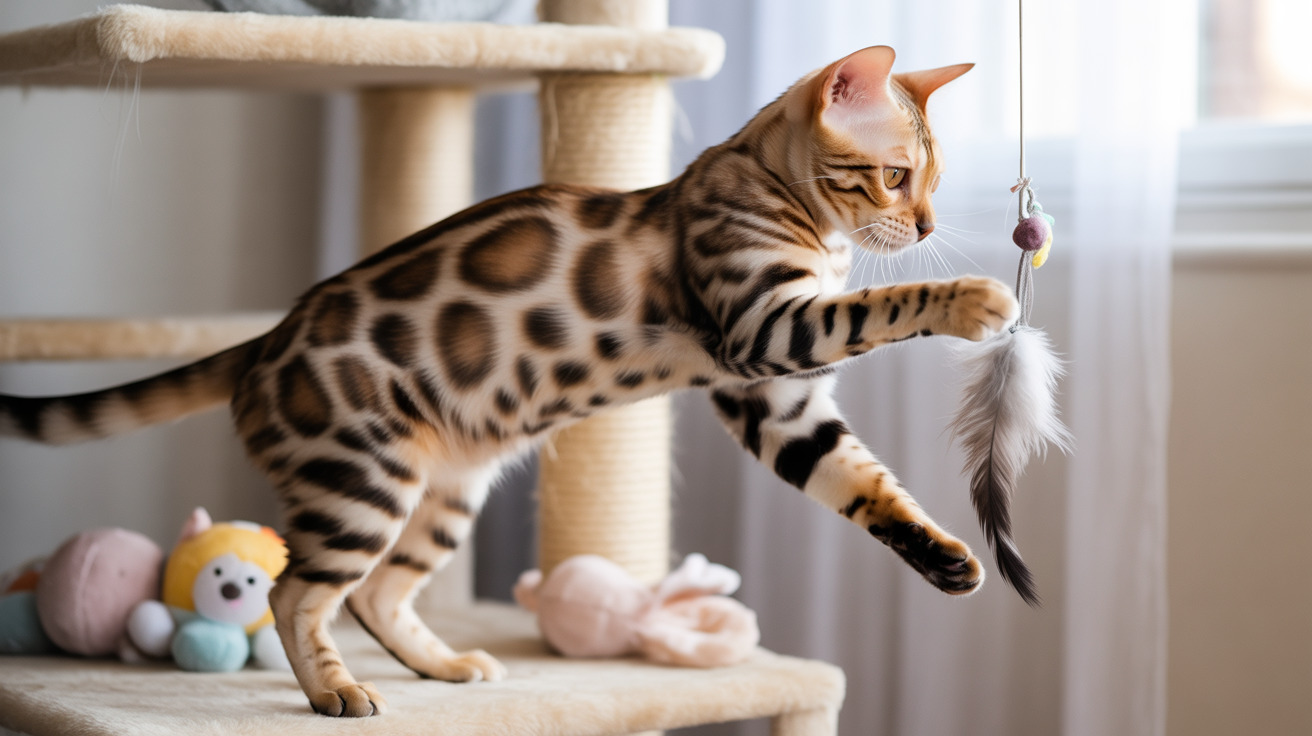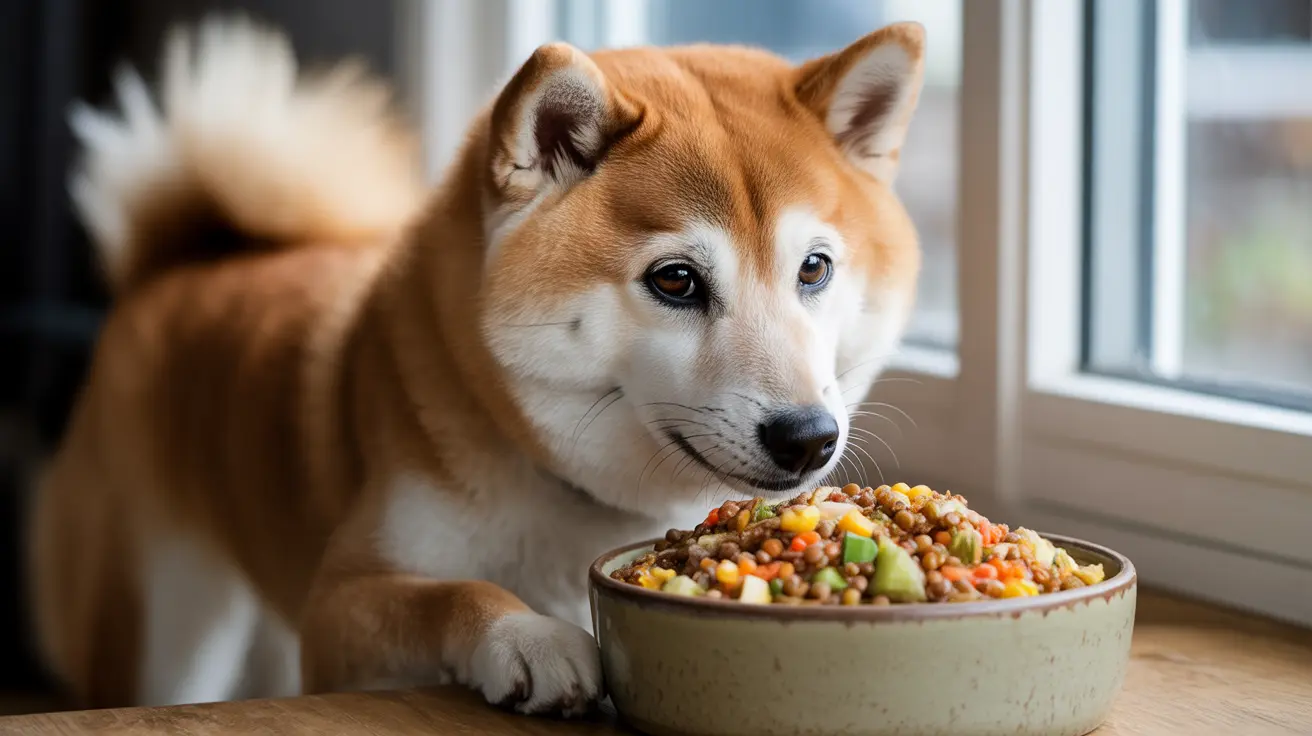Have you ever noticed your dog's fur suddenly standing on end along their back? This phenomenon, known as raised hackles or piloerection, is a fascinating and important aspect of canine body language. Understanding why dogs' hair stands up can help you better interpret your pet's emotional state and respond appropriately to their needs.
Like human goosebumps, raised hackles are an involuntary response triggered by your dog's sympathetic nervous system. This reaction can occur in various situations, from excitement to fear, and understanding the context is crucial for proper interpretation.
The Science Behind Raised Hackles
When a dog's hair stands up, it's due to tiny muscles called arrector pili contracting at the base of each hair follicle. This automatic response is controlled by the sympathetic nervous system - the same system responsible for "fight or flight" reactions. While all dogs have this capability, some breeds may show it more prominently than others due to their coat type and genetics.
Common Triggers for Raised Hackles
Emotional Responses
Dogs' hair can stand up due to various emotional states:
- Excitement during play or greeting
- Fear when encountering unfamiliar situations
- Anxiety in response to loud noises or changes
- Alertness when sensing potential threats
- Aggression when feeling threatened
Physical Stimulation
Sometimes, hackles may raise due to physical factors:
- Sudden temperature changes
- Unexpected touch or startling
- Medical issues or discomfort
- Waking up from sleep
Reading Your Dog's Body Language
Raised hackles alone don't tell the whole story. To understand your dog's state of mind, look for these accompanying signals:
- Tail position and movement
- Ear positioning
- Facial expressions
- Overall body posture
- Vocalization patterns
When to Be Concerned
While raised hackles are typically normal, some situations warrant attention:
- Frequent hackle-raising without obvious triggers
- Persistent aggressive behavior alongside raised hackles
- Signs of fear or anxiety that don't resolve
- Unusual patterns of hackle-raising combined with other concerning behaviors
Frequently Asked Questions
Why does my dog's hair stand up along its back, and what does it mean?
Dogs' hair stands up (piloerection) as an involuntary response to emotional or physical stimulation. It can indicate various states including excitement, fear, alertness, or aggression, similar to human goosebumps.
How can I tell if raised hackles on my dog signal aggression, fear, or excitement?
Look at other body language cues: aggressive dogs typically show stiff postures and growling, fearful dogs may cower with tucked tails, while excited dogs usually display happy, bouncy behavior with wagging tails.
Are raised hackles in dogs always a sign of danger or should I look for other body language clues?
Raised hackles aren't always dangerous - they're simply a sign of arousal or stimulation. Always consider the full context and other body language signals to accurately interpret your dog's state.
Can certain dog breeds show raised hackles differently because of their coat or genetics?
Yes, breed differences in coat type and texture can affect how visible raised hackles are. Dogs with thick or curly coats may show less obvious hackle-raising than those with shorter, smoother coats.
What should I do if my dog's hackles frequently stand up with no obvious reason?
If your dog frequently shows raised hackles without clear triggers, consult a veterinarian to rule out medical issues or an animal behaviorist to address potential anxiety or stress-related concerns.
Conclusion
Understanding why dogs' hair stands up is crucial for interpreting their emotional state and needs. While raised hackles are a natural response, they should always be evaluated alongside other behavioral cues. By staying attentive to your dog's body language, you can better respond to their needs and ensure their wellbeing.






